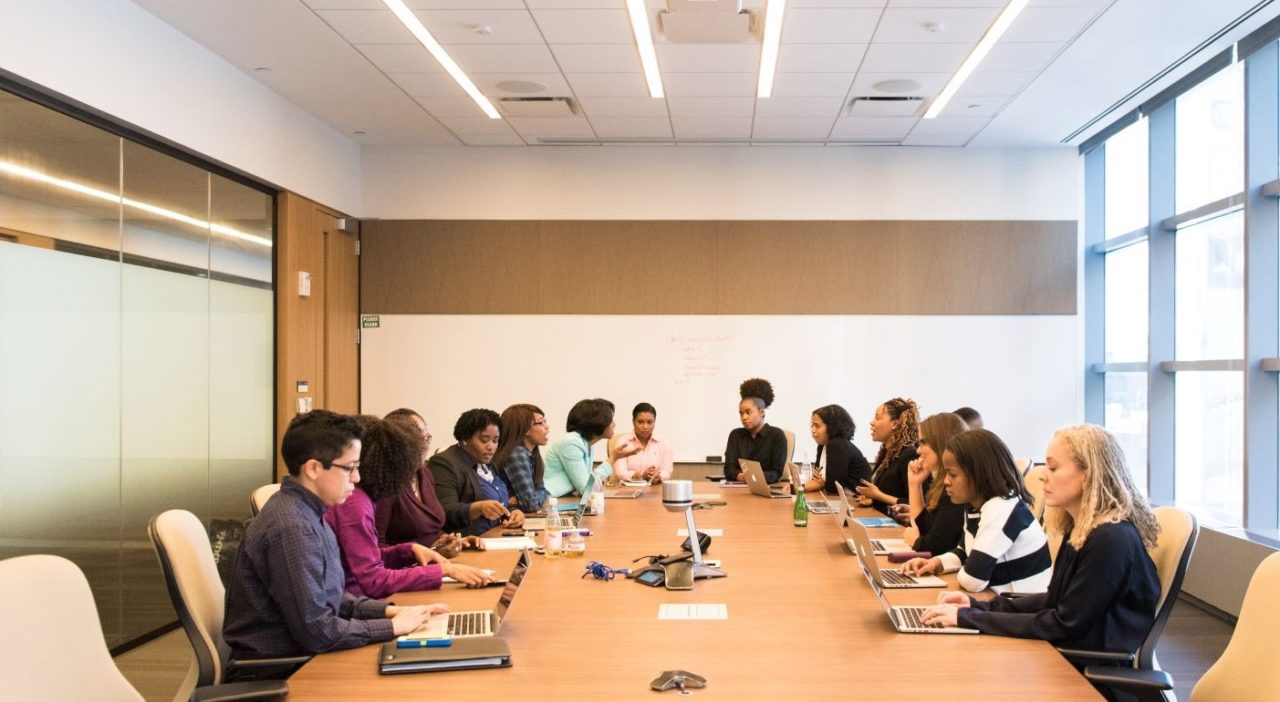
We show up to work as our ‘whole selves’ and, in many ways, this is a good thing. Authenticity is important to well-being and pretending to be someone you’re not is an emotional drain. But with that also comes the challenge of respecting – and actively seeking out – those who are different from us. This is what it means to practice inclusive leadership – creating a space where different views, perspectives, and experiences are embraced.
Within us lies the culmination of our experiences and exposure to the world around us. How we process this information shows up in our 3 B’s: our beliefs, biases, and behaviors.
Beliefs – Your Beliefs are your values that you hold dear; many were formed in childhood and frame your view of the world. These often include education, family, and how you view other people.
Your beliefs help establish your priorities. They shape your deepest emotional attitudes and influence your thoughts. Many people’s beliefs shift only after deep reflection and intervention. Culture is a set of shared beliefs, which is why the world is composed of so many sub-cultures. It is in our nature – and feels ‘safe’ – to seek out those with similar beliefs and outlooks.
Biases – Your Biases are preferences, often shaped by your beliefs, that guide you in a certain direction. Because we are driven by logic and emotion, our biases are influenced by both. These can be both good and bad and you can be biased toward or against something.
A popular implicit-association test was created to help people gain awareness of their unconscious (or implicit) biases. The test has been taken by millions of people and reveals some common trends. When it comes to racial bias, 70% of white people and 50% of black people have a bias toward white people. This is not racism; it is a racially biased attitude that could manifest itself in racism.
Gender bias is just as prevalent. A study measuring global perceptions of gender found that men are more likely than women to be seen as “brilliant” and that the views were a result of implicit bias.
The important thing to note is that EVERYONE has biases. They are learned automatic associations that help us sort through all the information we process every day – think of them as ‘mental shortcuts’.
Behaviors – Behaviors are the actions you take, the words you use – and even the tone you take – when interacting with others. Our behaviors are guided by the other 2 B’s, but they are not controlled by them. They are also how you engage with the world and what the world sees of you.

Let’s look at how our 3 B’s can play out in a negative way.
Example belief: “I was raised in a traditional home, and I believe in traditional family roles.”
The associated bias might be: “Women can’t perform that job as well because it’s not a domestic role” or “a man can perform that role better.” The resulting behavior: Using demeaning language when talking to women, promoting a man over a woman.
So how do we ensure that our 3 B’s lead us to being inclusive leaders? How do we become anti-racism, anti-sexism, anti-discrimination advocates?
The answer is empathy.
To gain empathy, we must be willing to see the world (or a situation) through the eyes of someone else and imagine what it feels like for them. In order to stand in solidarity with those who are marginalized, we have to challenge the basis of our beliefs and biases, and relentlessly manage our behaviors.

In his book, Emotional Intelligence: Why it Can Matter More Than IQ, Daniel Goleman, draws a link between empathy and altruism. This simple correlation reminds us that doing the right thing for people needs to be less driven by our preferences and more by our empathy. Our ‘moral compass’ points outward after we are potty-trained and we then have the ability to feel not just our own emotions, but those of people around us. Emotional Intelligence is about using those emotions (with logic and critical thinking) to take actions that improve the lives of those around us. Inclusive leadership is increasingly recognized as a critical capability, especially as organizations adapt to diverse customers and markets, new ways of working, and the challenge of competing on a global scale for talent.
Inclusive leadership starts with the intent to recognize your beliefs, biases, and behaviors and make the necessary adjustments to create an environment where people feel seen and safe to do their best work. Only then can you hope to successfully innovate, collaborate and deliver.



